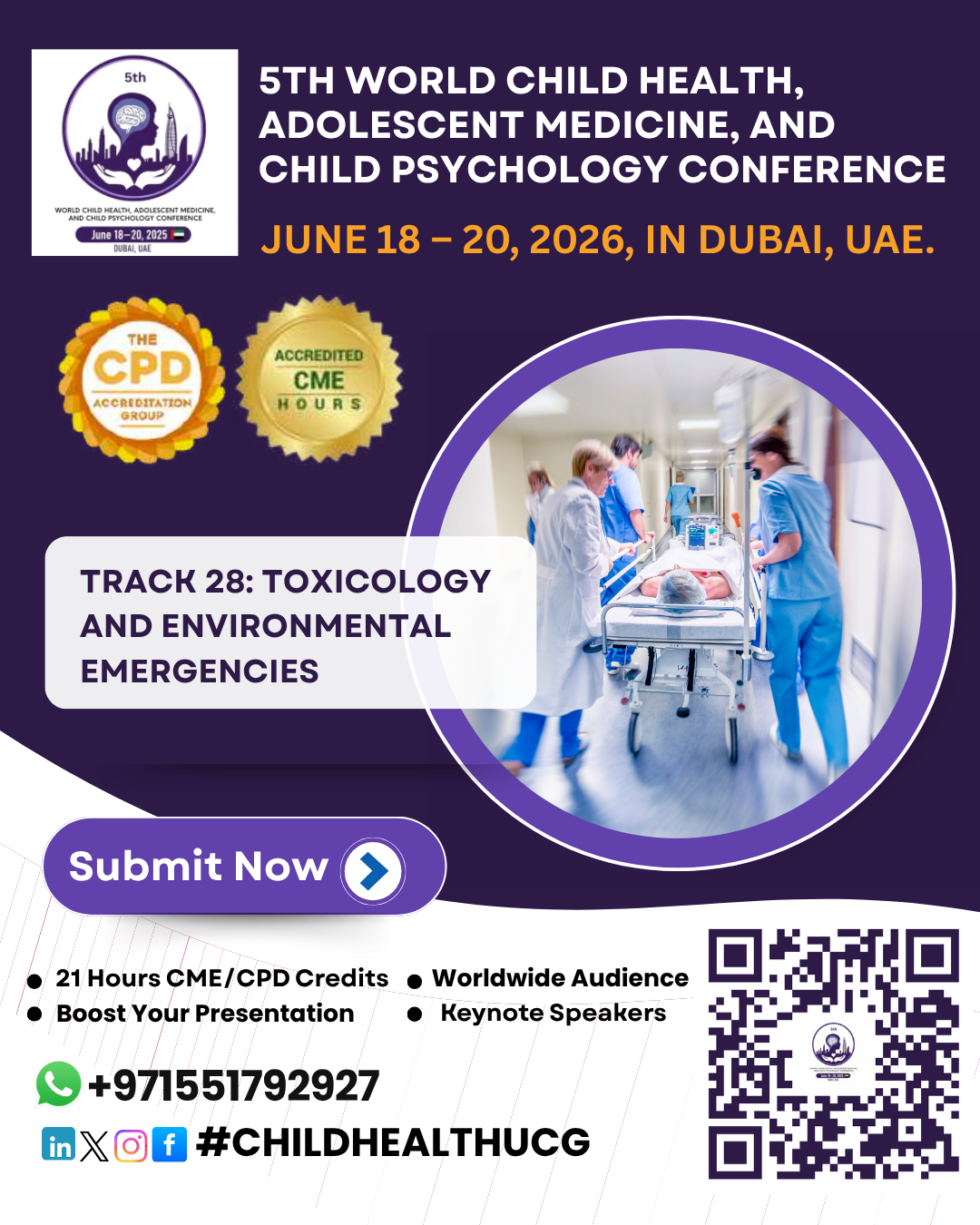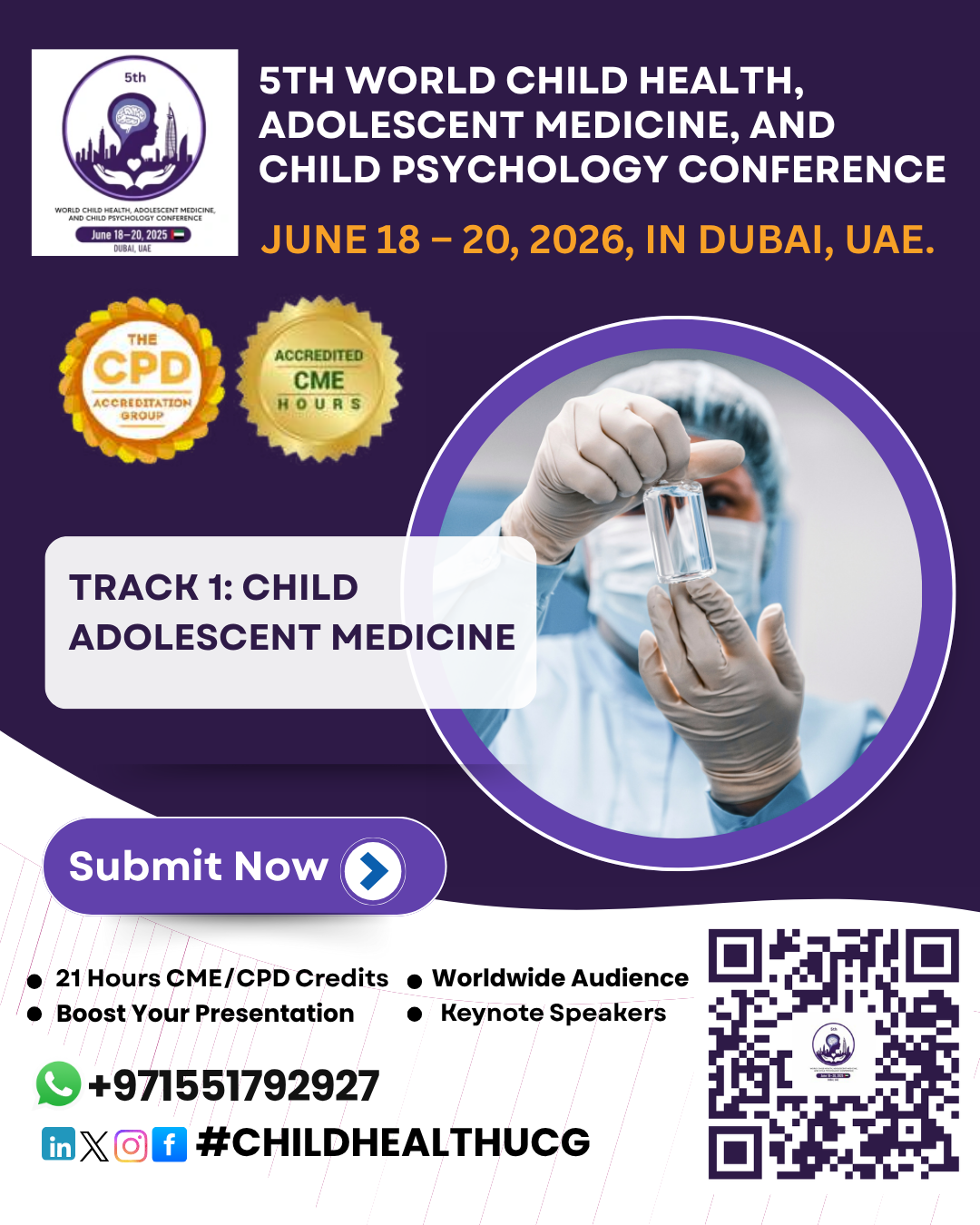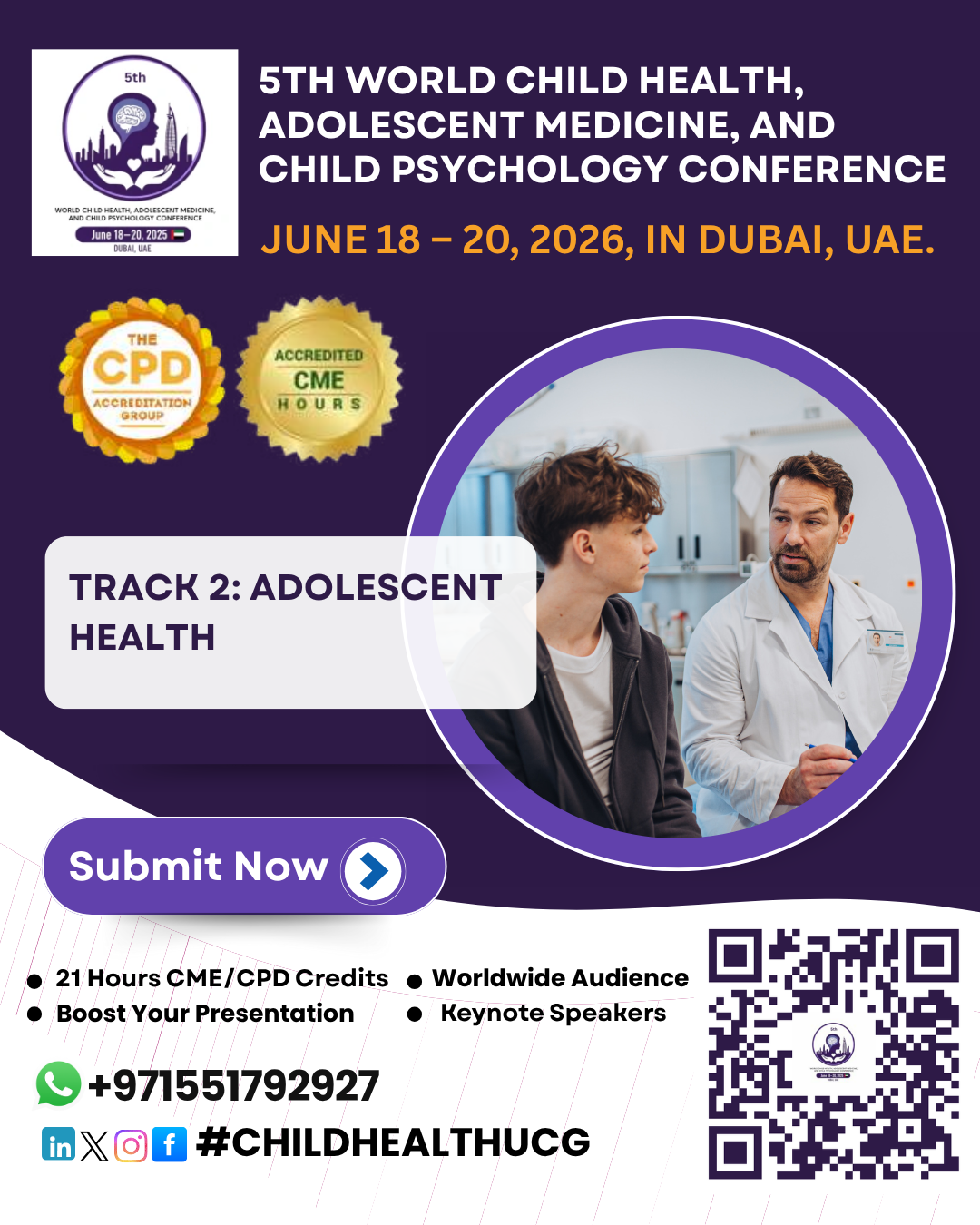Toxicology and Environmental Emergencies
Toxicology and environmental emergencies involve exposure to harmful substances or environmental conditions that can cause acute or chronic health effects. These emergencies often require rapid recognition and prompt medical intervention to prevent serious outcomes.
1. Overview
- Toxicology is the study of the adverse effects of chemicals, drugs, and toxins on living organisms. Environmental emergencies, on the other hand, refer to health crises caused by natural or human-made environmental hazards—such as chemical spills, radiation exposure, or extreme weather events—that pose risks to individuals and communities.
2. Common Types of Toxicological Emergencies
- Drug Overdose: Accidental or intentional ingestion of medications or illicit substances leading to poisoning (e.g., opioids, sedatives, antidepressants).
- Chemical Poisoning: Exposure to industrial chemicals, pesticides, or household substances (e.g., carbon monoxide, cyanide, or organophosphates).
- Heavy Metal Toxicity: Poisoning from metals such as lead, mercury, or arsenic, often due to occupational or environmental exposure.
- Bites and Stings: Envenomation from snakes, spiders, or insects leading to systemic toxic reactions.
- Alcohol Poisoning: Acute intoxication that can suppress vital functions.
3. Environmental Emergencies
- Heat-Related Illnesses: Heat exhaustion or heatstroke due to prolonged exposure to high temperatures.
- Cold-Related Injuries: Hypothermia or frostbite caused by exposure to extreme cold.
- Radiation Exposure: Accidental exposure to ionizing radiation from industrial or medical sources.
- Hazardous Material Spills: Chemical or biological contaminants affecting air, water, or soil quality.
- Natural Disasters: Floods, wildfires, and hurricanes leading to exposure to toxins or unsafe environments.
4. Management and Response
- Initial Assessment: Ensure airway, breathing, and circulation (ABCs) are stable; identify possible toxins or environmental exposures.
- Decontamination: Remove contaminated clothing and wash exposed skin.
- Antidotes and Supportive Care: Use specific antidotes (e.g., naloxone for opioid overdose, atropine for organophosphate poisoning) and provide supportive therapy.
- Monitoring and Follow-Up: Continuous observation for delayed effects; report to poison control centers when necessary.
- Public Health Measures: Environmental cleanup, education, and prevention strategies to reduce future incidents.
5. Prevention and Preparedness
- Proper labeling and storage of chemicals and medications.
- Occupational safety protocols for handling hazardous substances.
- Environmental regulations to control pollution and contamination.
Community awareness and emergency preparedness training.





